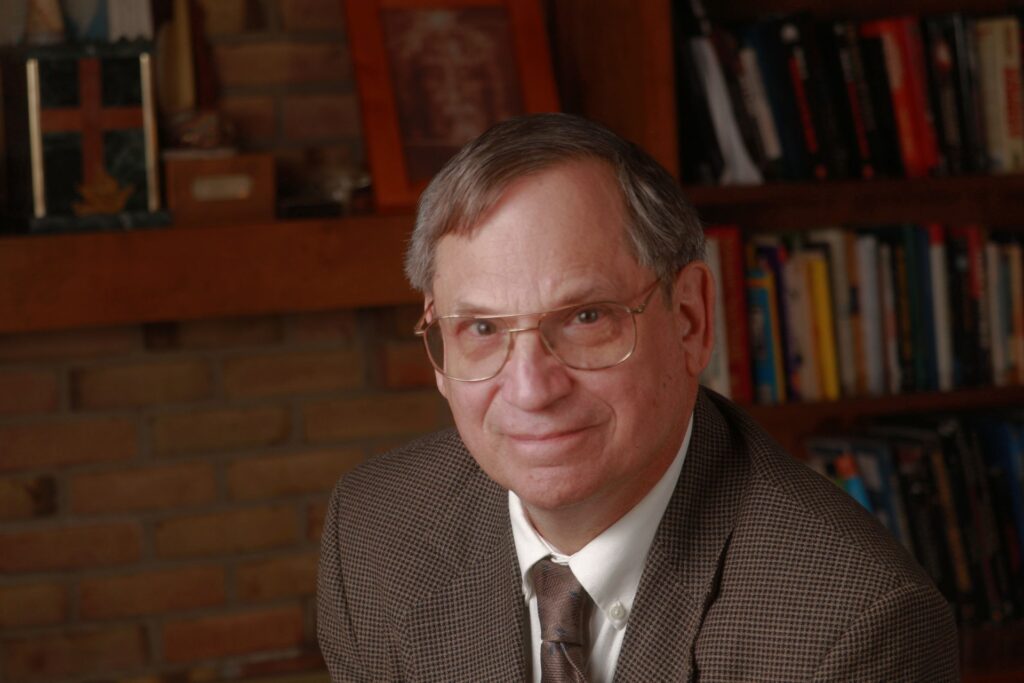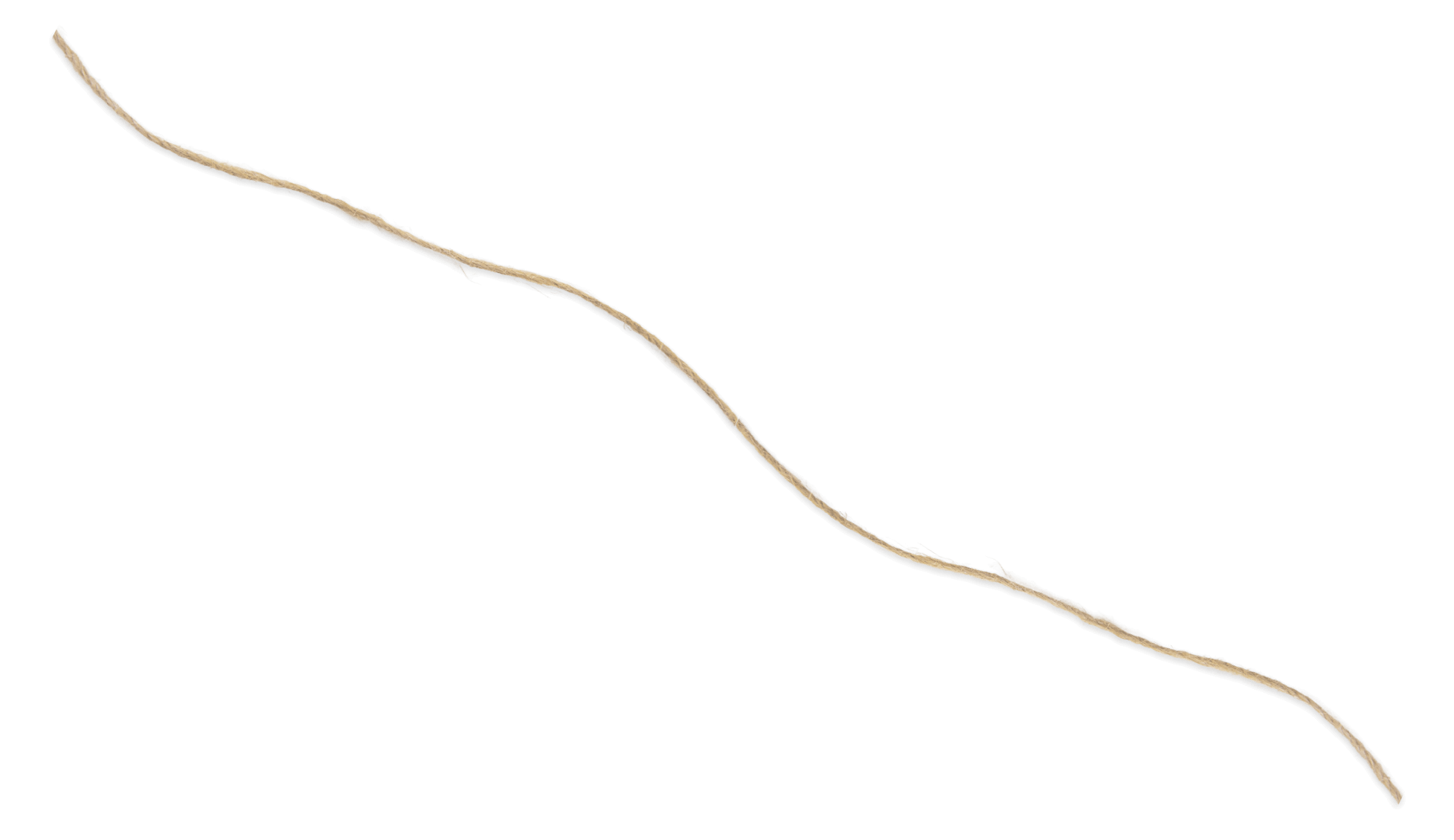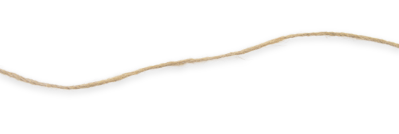When Barrie Schwortz passed away in June 2024, the Shroud of Turin community lost a dedicated steward. As founder of Shroud.com and a member of the original 1978 scientific team to photograph the Shroud (STURP), Barrie had spent nearly three decades curating the world’s most comprehensive online archive of Shroud research. Even in the midst of his own grief, Joe Marino stepped forward to help carry on his dear friend’s legacy by becoming the editor of Shroud.com.
Joe Marino is a longtime Shroud researcher with a degree in theological studies from Saint Louis University. Along with his late wife, Sue Benford, Marino’s involvement with the Shroud dates back nearly five decades. His name is familiar to many in the field—not only for his books and articles, but also for his tireless communication through weekly newsletters, connecting hundreds of Shroud enthusiasts and experts around the globe.
Now, as the editor of Shroud.com and the Director of the Board of the non-profit that oversees it (STERA), Joe Marino is navigating the most significant transition in the foremost website dedicated to the Shroud of Turin in the world.

Picking Up the Torch
“The biggest challenge is trying to fill Barrie’s shoes,” Joe says with characteristic humility. “Barrie was the CEO down to the janitor of his association. I don’t have all the talents that Barrie did.” Fortunately, Marino has support: two webmasters and a dedicated board help keep the site operational and expanding. Even with that team, the responsibility is immense—but so is the motivation. “It’s been my passion for 48 years. I’m just grateful to be part of something this important.”
Archival Gold: Letters That Speak
After Barrie’s passing, Marino worked with others to secure boxes of personal files and documents that Barrie had kept in Colorado. These archives, it turns out, contain more than memorabilia—they are filled with thousands of pages of never-seen-before personal correspondence between major Shroud figures.
“Much of the correspondence reveals what people were really thinking behind the scenes,” Marino explains. “That’s where you find the real story—what doesn’t get published in journals.”
The process hasn’t been easy. The archives are sprawling and largely disorganized, with missing labels, loose pages, duplicates, and mismatched folders. “The main issue is logistics,” he says. “It’s going to take a lot of individuals and a lot of time to properly organize it all.”
History Unfolding in Real Time
Many of the names that appear in the letters are well known to Marino—some were close colleagues, others longtime correspondents. That personal connection adds another layer to the work. “It’s good this material is being uncovered now, while some of the people involved are still alive and can comment on or clarify things.”
But Marino is careful about how he presents what he finds. “I’ve omitted some names when it seemed appropriate, especially if someone is still living. I don’t enjoy revealing negative traits about anyone,” he explains. “But I believe the truth about the Shroud outweighs that concern. If we’re serious about understanding its history and authenticity, we have to be honest—even when it’s uncomfortable.”
Lessons from the Past for the Future
Much of Marino’s work centers on the controversial 1988 carbon dating test, which concluded that the Shroud was a medieval forgery. Marino is one of several researchers who have long questioned the methodology and interpretation of that test. His most recent book, a detailed 800-page chronicle of the events leading up to and following the dating, reflects that depth of concern.
“What I see in the correspondence is how complicated the whole thing was,” he says. “There were politics, agendas, and egos involved. I really believe that, for some people, discovering the truth became secondary.”
Yet he also sees moments of inspiration in the archives. “Occasionally, a researcher would remind another that divine truth is more important than personal pride. Those moments give me hope.”
Why the Shroud Still Captures Us
Marino believes the Shroud’s current surge in interest—especially among younger people—is no accident. “The Internet has made it easier to access information, connect with others, and do real research. And even with all of today’s technology, we still haven’t figured out how the image on the Shroud was made. That mystery endures.”
In an age increasingly shaped by artificial intelligence, Marino sees Shroud.com as a vital digital anchor. “It’s the best source for pre-Internet and pre-AI information about the Shroud. All the original STURP papers are there, along with a vast array of resources. Barrie built something irreplaceable.”
A Joyful Discovery
For Marino, the greatest joy comes from discovery—and sharing it. “I’ve seen a lot of documents most people don’t know exist. It’s fascinating to read people’s unfiltered thoughts in these letters. I’m just happy that I can help share this information with others, especially now. We’re in one of the most significant periods in the Shroud’s modern history.”
For more from Joe Marino please visit https://independent.academia.edu/JoeMarino



